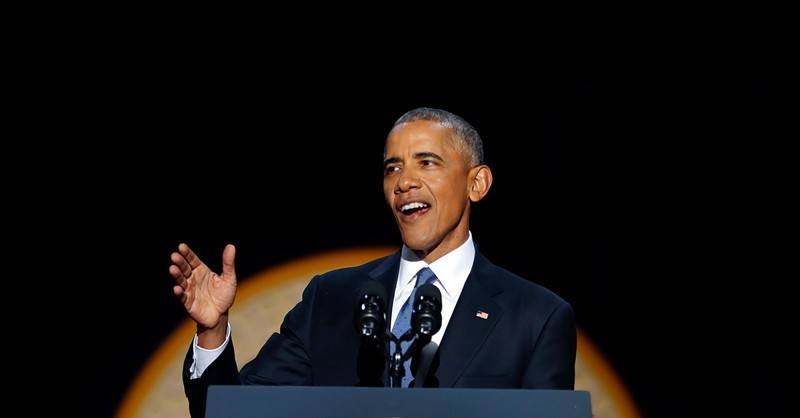In my line of work, I give presentations to my team members quite often. As I give my presentations, I am always very aware of my audience and their interest level. If they look bored, then I need to adjust myself accordingly and win back their attention.
I want to keep them engaged and interested in what I’m saying, and I find that hand gestures are a powerful way to raise excitement and keep my audience’s attention. Effective gestures help to build trust, and convey my ideas more clearly.
Communication is 93% non-verbal and only 7% verbal, while all the rest is expressed through body language. Gesturing actually makes people pay closer attention to the acoustics of speech. When they see a gesture, they expect that there is dialogue to go along with it.
The usage of gestures along with speech varies depending on culture. Many people ask me if I’m a little bit Italian because I “talk with my hands.” The Italian language itself is very expressive and poetic, and the hand gestures make it even more so. The more emphasis that we put on our speech, the more expressive our gestures become.
So while you are rehearsing your speech, be sure to rehearse your hand gestures as well. Don’t link your hands behind your back as you speak, it will make you seem rigid and your audience will lose interest.
Here are some helpful hand gestures to keep your audience engaged.
Palms Up Instead of Down.
Photo credit
Keeping your palms up and open indicates that you are being open and honest. This will invite your audience in, and make them feel comfortable. By keeping your palms down, without even realizing it, your tone is slightly threatening and directs the audience to be submissive.
Research finds that lecturers who mainly used the palm up gesture received 84% positive feedback while those who used the palm down gesture only received 52% of positive feedback when they do the exactly the same presentation.[1]
Hand “steepling” instead of hand “wringing”.
Hand steepling was a common practice used by Steve Jobs during his presentations to convey a message of confidence and wisdom. Notice how he never used hand “wringing” because it comes across as fidgety and nervous behavior. Hand steepling can be used effectively during intermediate moments, such as when you are thinking or switching topics.
Use the “OK” gesture instead of pointing
Squeeze your index finger against your thumb to make the “OK” gesture. Got it? This motion is authoritative, but not aggressive as pointing would be.
We took a survey from an audience on which hand gesture they prefer. The audience reported that the individual who used the “OK” signal came across as thoughtful, goal-oriented, and focused. Whereas the individual who used pointing gestures came across to the audience as aggressive, belligerent, and rude. This put off the audience, and in response they paid less attention to the speech.
Don’t put your hands on your hips, or joined behind your back
How do you think you look with your hands on your hips? A bit like a parent scolding a child? That’s how it appears to your audience. This stance makes you seem less professional, and your audience will feel that you are trying to dictate them instead of guide them.
As I’d previously mentioned, putting your hands behind your back makes you look awkward and serious. Your hands are your tools! Use them! Communicate your message more effectively to show specific numbers with your fingers, or length with your hands. Your audience will be engaged and pay closer attention to your point.
Use “side-palm” to persuade your audience
Hold your hand out in handshake position. This gesture is what is known as “side-palm.” You are literally reaching out to your audience, and it will make them want to meet you half way. Since you have their undivided attention, it will be much easier to persuade them.
Practice these helpful gestures to engage your audience and politely enforce your authority. Having a good speech just isn’t enough. With these gestures, you will effectively get your point across without turning off your audience.
Reference
| [1] | ^ | Barbara Pease, Allan Pease: The Definitive Book of Body Language: The Hidden Meaning Behind People’s Gestures and Expressions |
















































